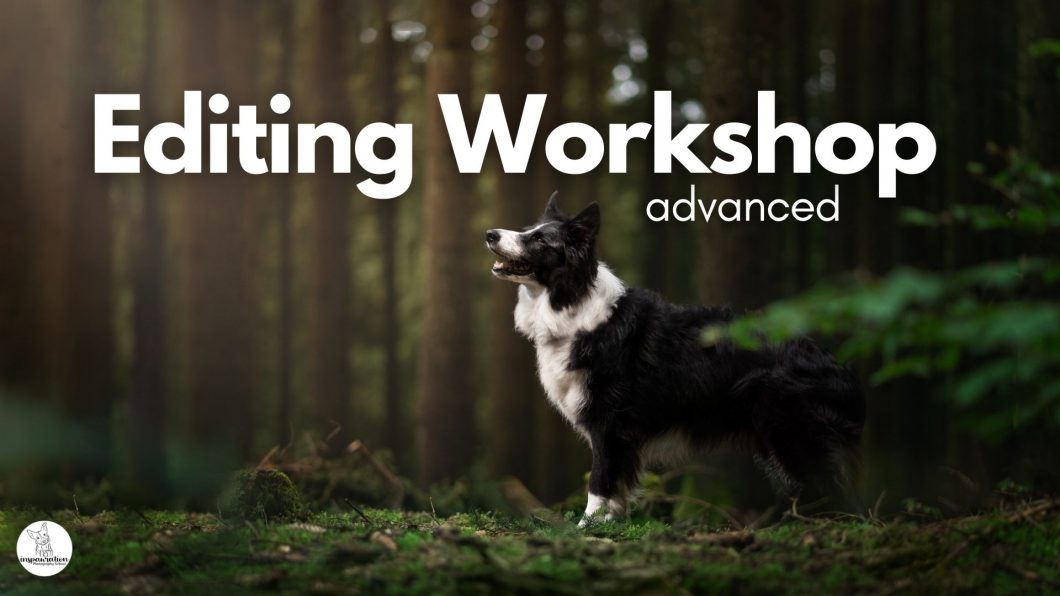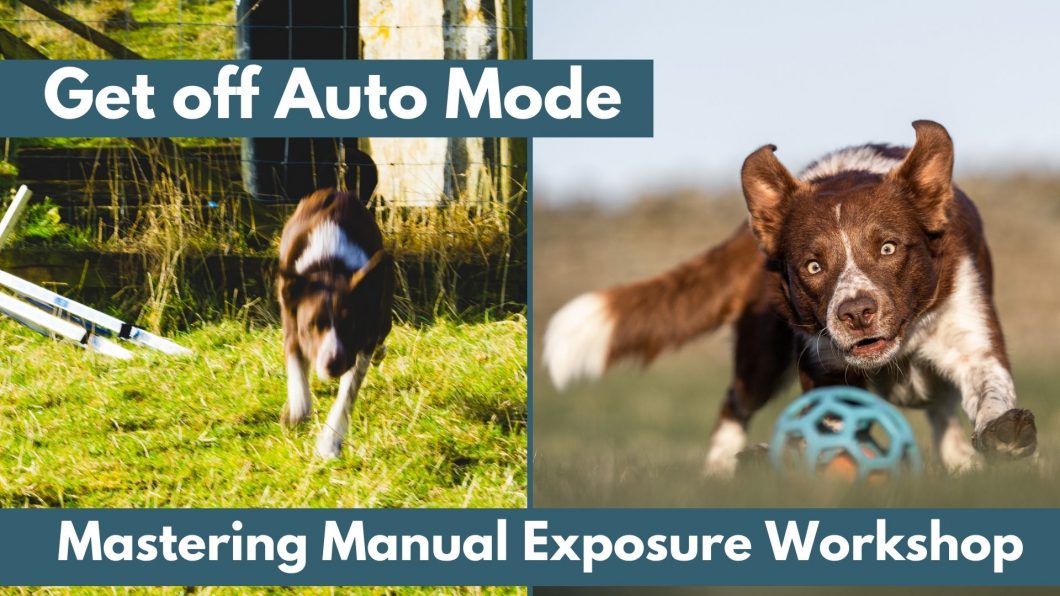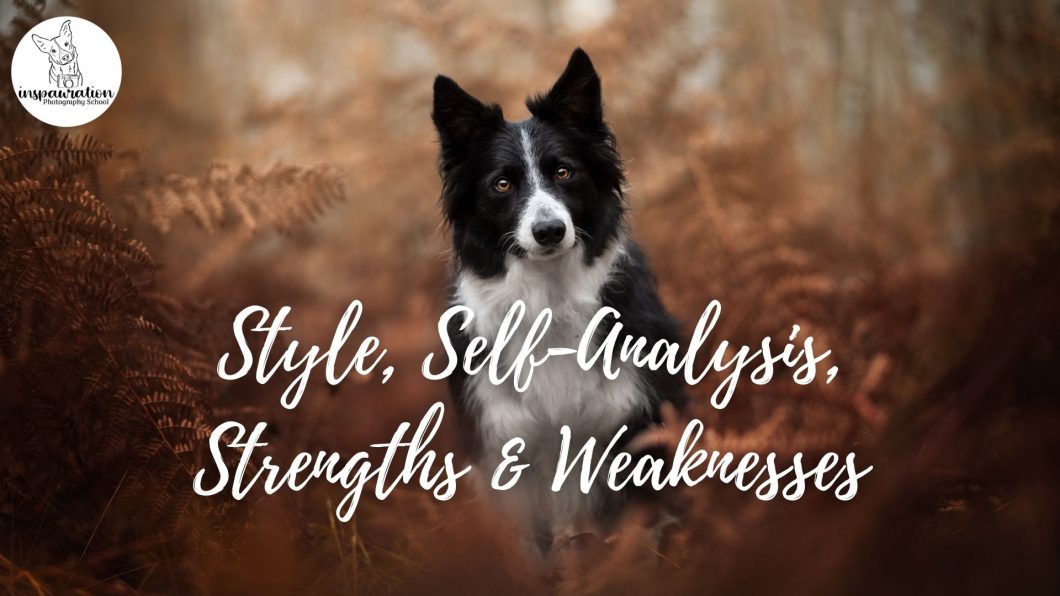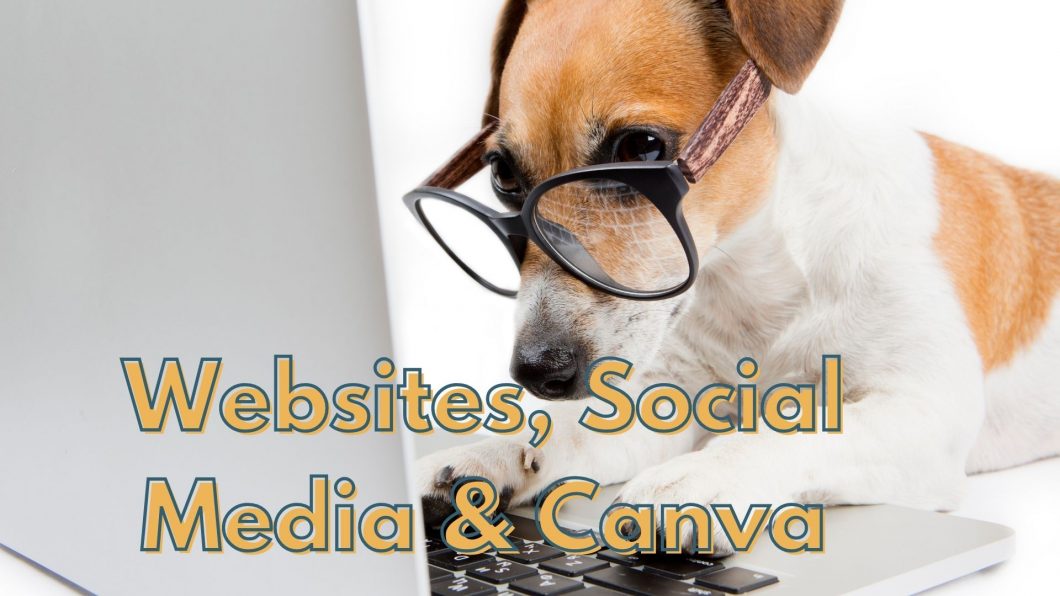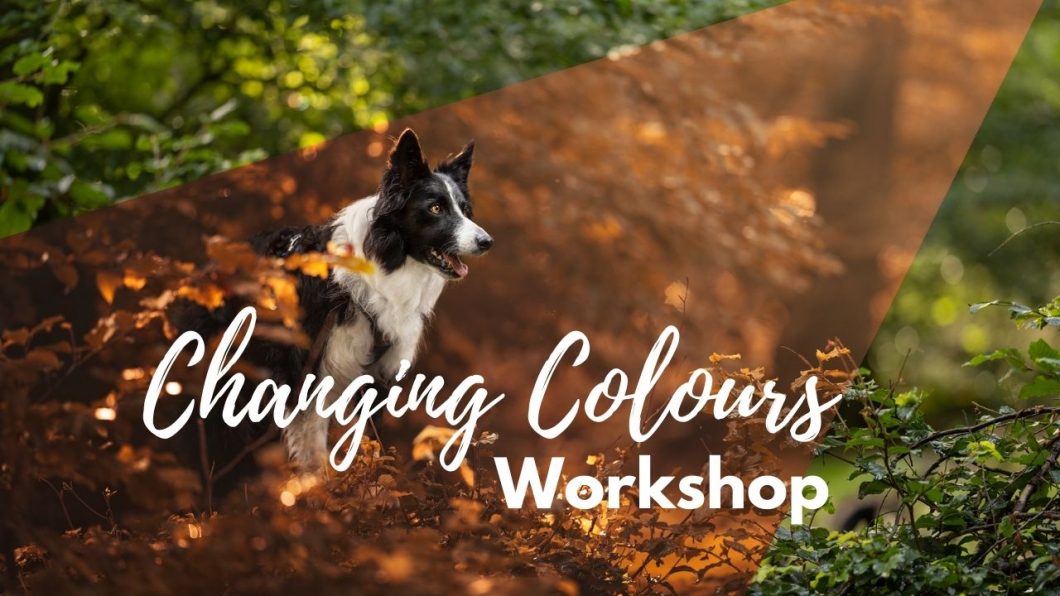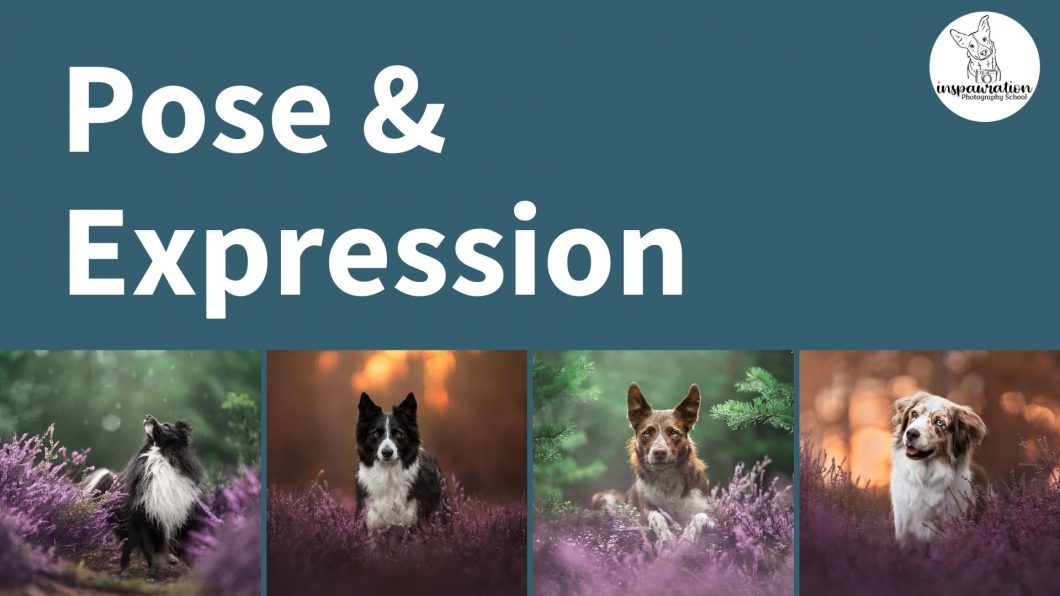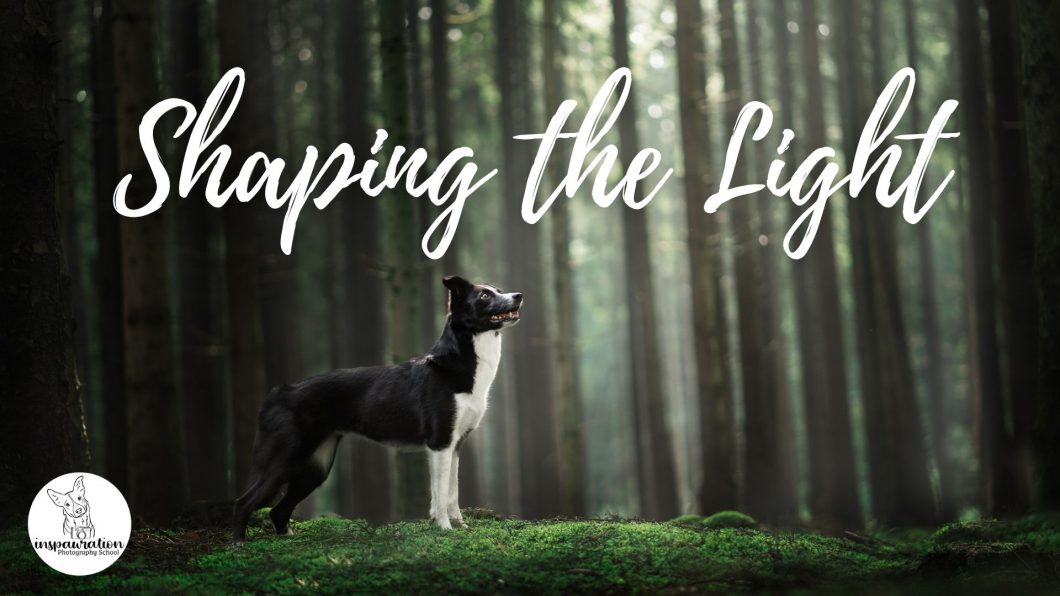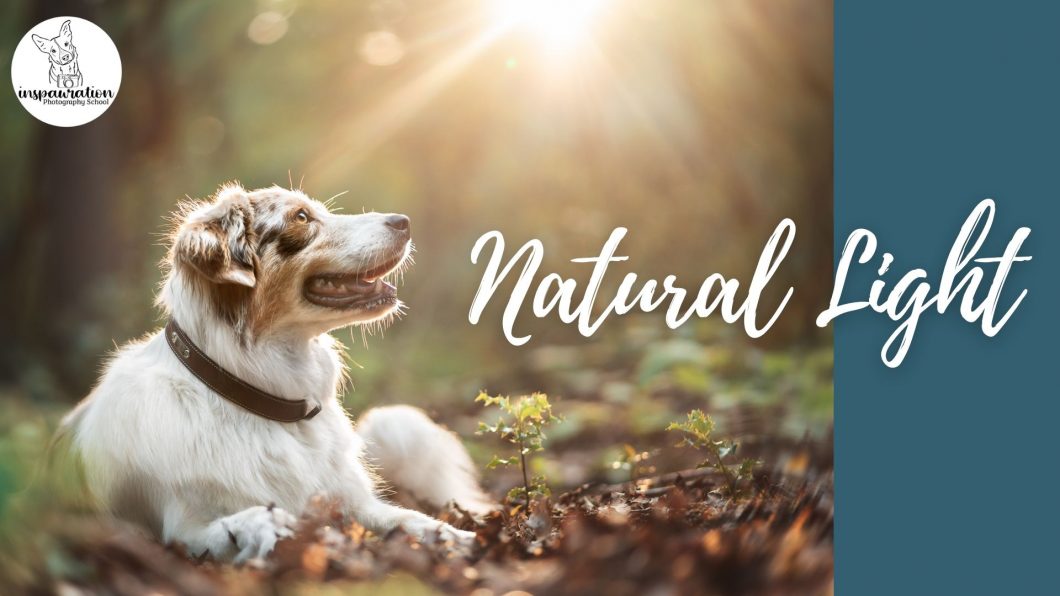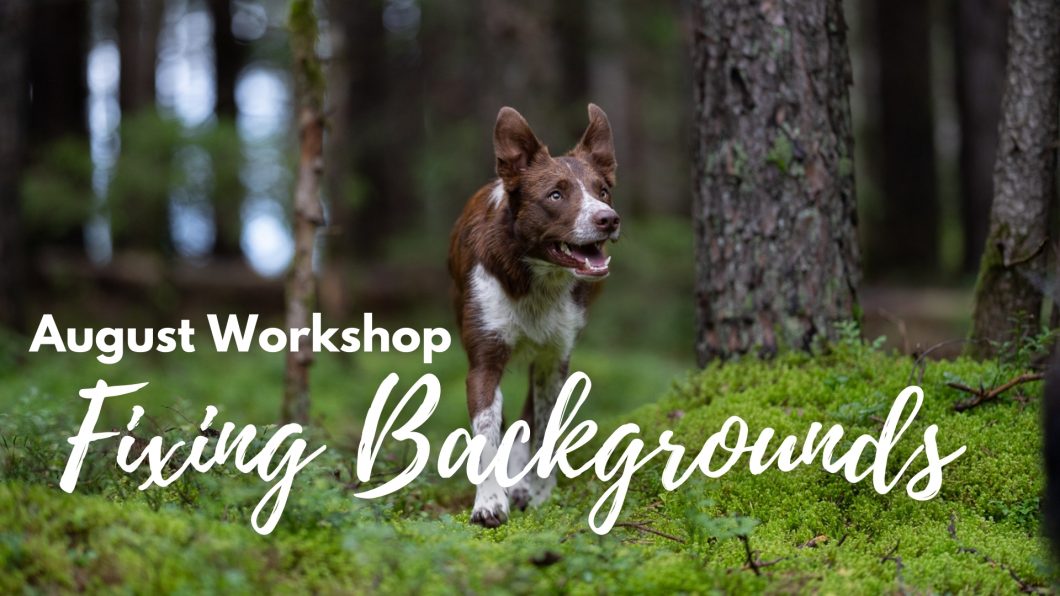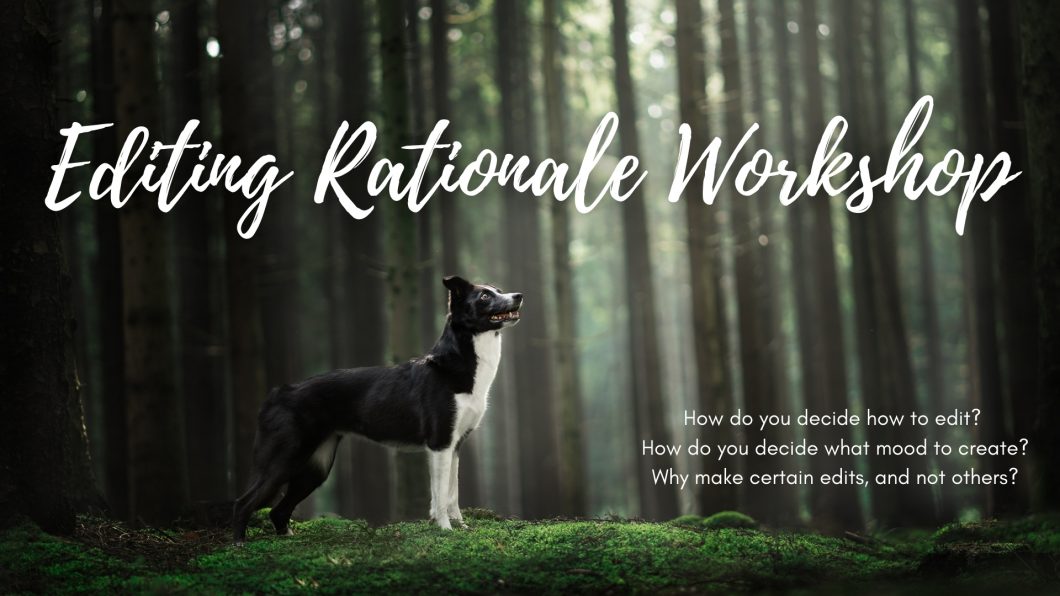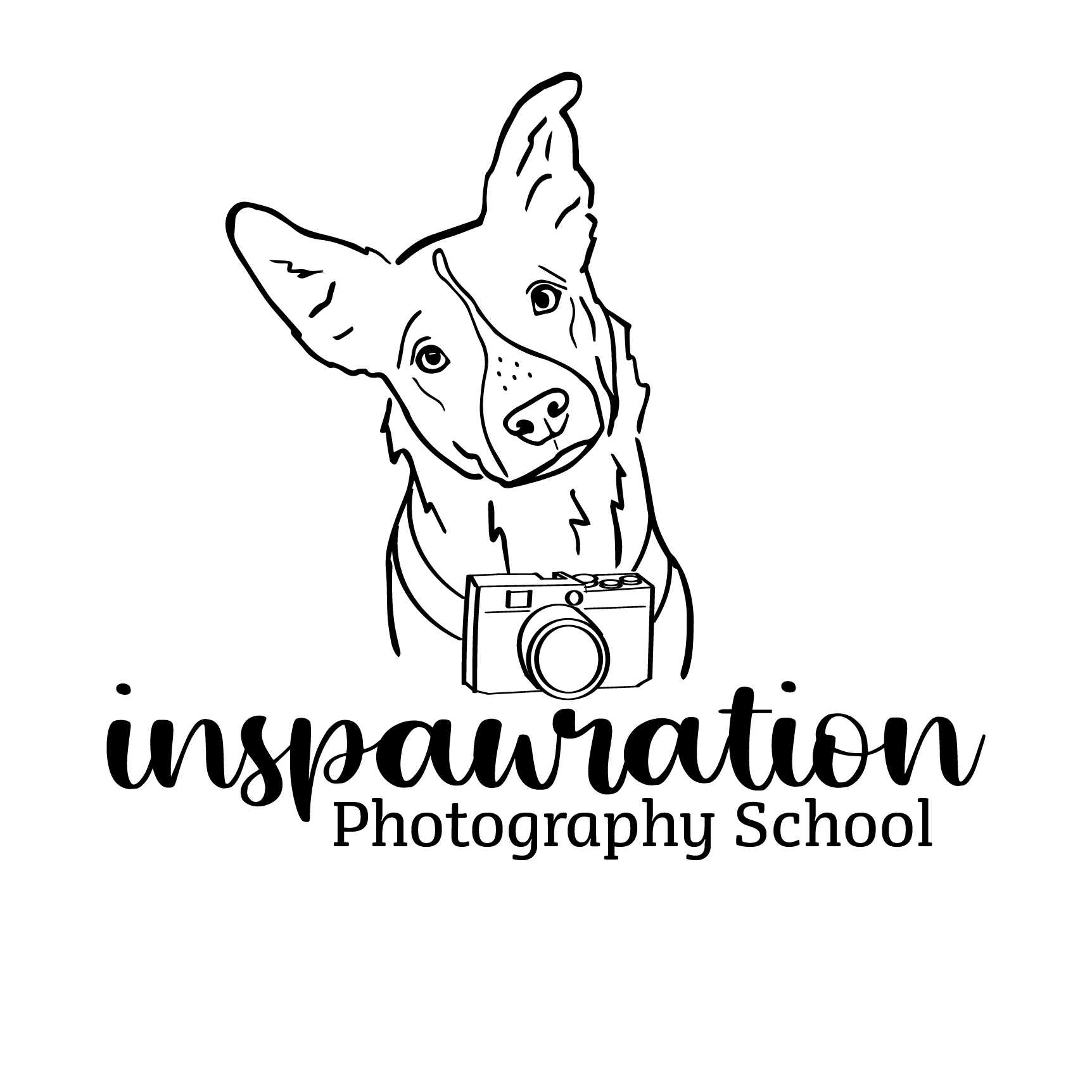Open to access this content
ArchivesWorkshops
Get off Auto Mode: Mastering Manual Exposure
Open to access this content
Workshop: Style, Self Analysis and Goal Setting
Open to access this content
Workshop: Websites, Social Media, & Canva
Open to access this content
Changing Colours Workshop
Open to access this content
Workshop: Pose & Expression
Open to access this content
Workshop: Shaping the Light
Open to access this content
Workshop: Natural Light
Open to access this content
Workshop: Fixing Backgrounds
Open to access this content
Workshop: Editing Rationale
Open to access this content

